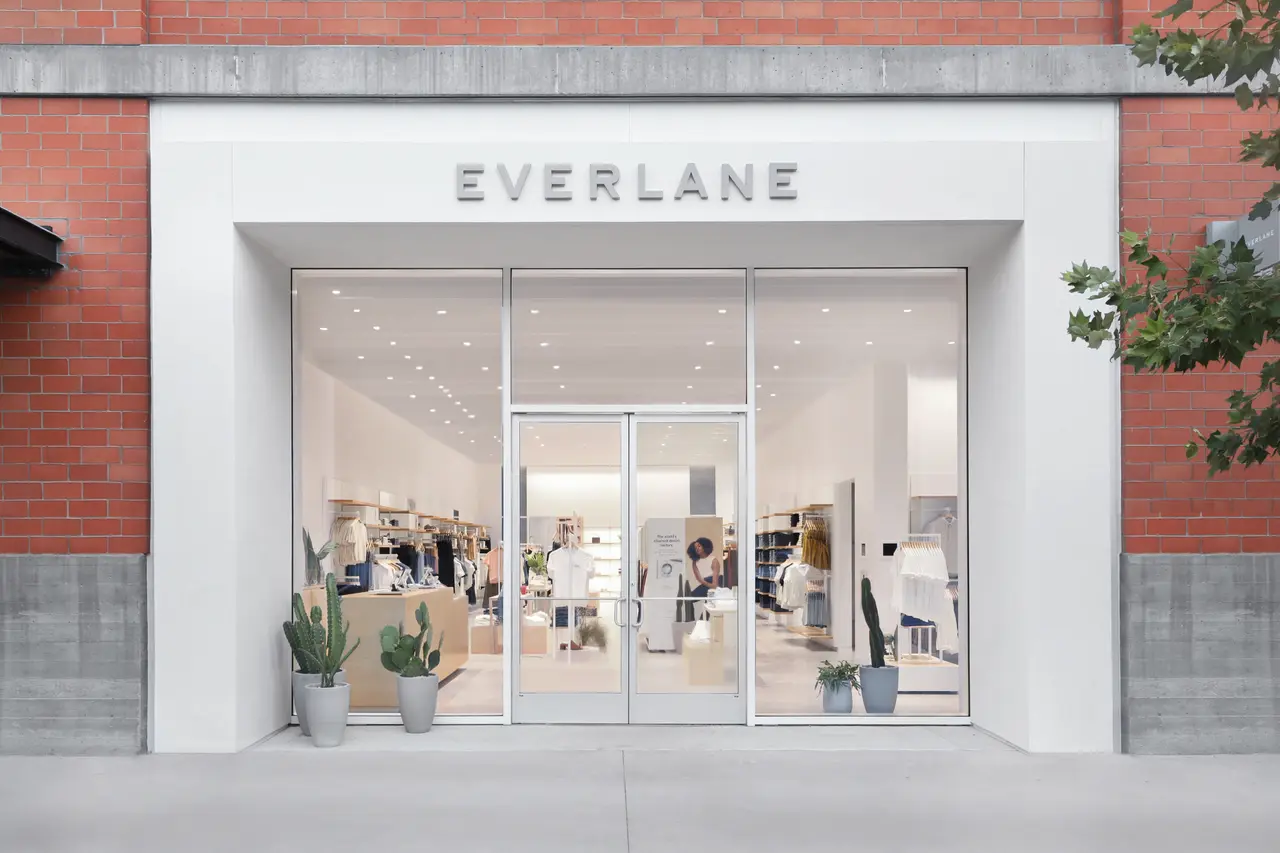In the world of architectural design, the art of capturing spaces through quality interior photography can truly make or break a portfolio. A well-composed image has the power to showcase the essence of a design, highlighting its unique features and inviting viewers to immerse themselves in the architectural wonders captured. Join us as we delve into the significance of professional interior photography and how it influences the success of architectural portfolios.
Enhancing First Impressions: The Role of Interior Photography
The first interaction with a building often occurs through photographs. These images serve as the initial point of contact, setting the tone for how the architecture is perceived. High-quality interior photography captures the soul of a space, conveying its ambiance, structure, and design details with precision.
Through strategic composition and lighting techniques, photographers can highlight key architectural elements that define a building's character. From the play of light and shadow to the symmetry of lines, each image contributes to forming a narrative that resonates with viewers and creates a lasting impression.
In the digital age where visual content reigns supreme, compelling interior photography is a vital tool for architects to showcase their work to a global audience. A well-crafted image not only exhibits the beauty of a design but also demonstrates the skill and creativity of the architect behind it.
By employing professional interior photography, architects can ensure that their portfolios stand out in a competitive industry. Whether capturing residential spaces, commercial structures, or public buildings, investing in high-quality images can significantly impact the visibility and success of architectural projects.
Techniques for Capturing the Essence of Architectural Beauty
Capturing the essence of architectural beauty requires a keen eye for detail and a deep understanding of spatial design. Photographers skilled in interior photography know how to frame shots to emphasize unique architectural features, such as intricate facades, innovative interiors, and captivating textures.
Utilizing natural light to illuminate spaces can enhance the warmth and authenticity of architectural photography. By harnessing the changing light throughout the day, photographers can create dynamic compositions that reveal the depth and dimensionality of a building, adding a layer of storytelling to the images.
Furthermore, post-processing techniques play a crucial role in fine-tuning interior photography. Editing tools allow photographers to enhance colors, adjust contrasts, and refine details, ensuring that the final images accurately reflect the designer's vision and the essence of the architectural creation.
Effective communication between architects and photographers is key to capturing the true spirit of a building. Collaborating closely enables both parties to align their creative visions, resulting in interior photography that not only showcases the physical attributes of a space but also conveys the intended emotions and narratives.
Optimizing Visual Storytelling Through Home Photography
Visual storytelling lies at the heart of architectural photography, where each image narrates a unique tale of space and design. Through the lens of a skilled photographer, buildings come to life, revealing their history, purpose, and intricate details to the audience.
By capturing moments of light and shadow, movement, and stillness, interior photography transforms static buildings into dynamic stories that engage viewers on an emotional level. The interplay of elements within the frame evokes curiosity, sparks imagination, and invites viewers to explore the architectural world portrayed.
In the realm of architectural portfolio creation, visual storytelling through interior photography is a powerful tool for architects to communicate their design philosophy and showcase their signature style. Each image encapsulates a narrative, inviting viewers to delve deeper into the architect's vision and creative process.
Through the art of visual storytelling, architects can establish a connection with their audience, sparking interest, admiration, and a deeper appreciation for architectural design. Interior photography serves as a gateway to the architectural realm, inviting viewers to experience the beauty and intricacy of built spaces through a captivating visual journey.
The Visual Power of Interior Photography
It's evident that the visual representation of a space holds immense power in shaping perceptions and attracting potential clients. By investing in quality interior photography, architects and designers can elevate their portfolios, communicate their design philosophy effectively, and leave a lasting impression on viewers.

